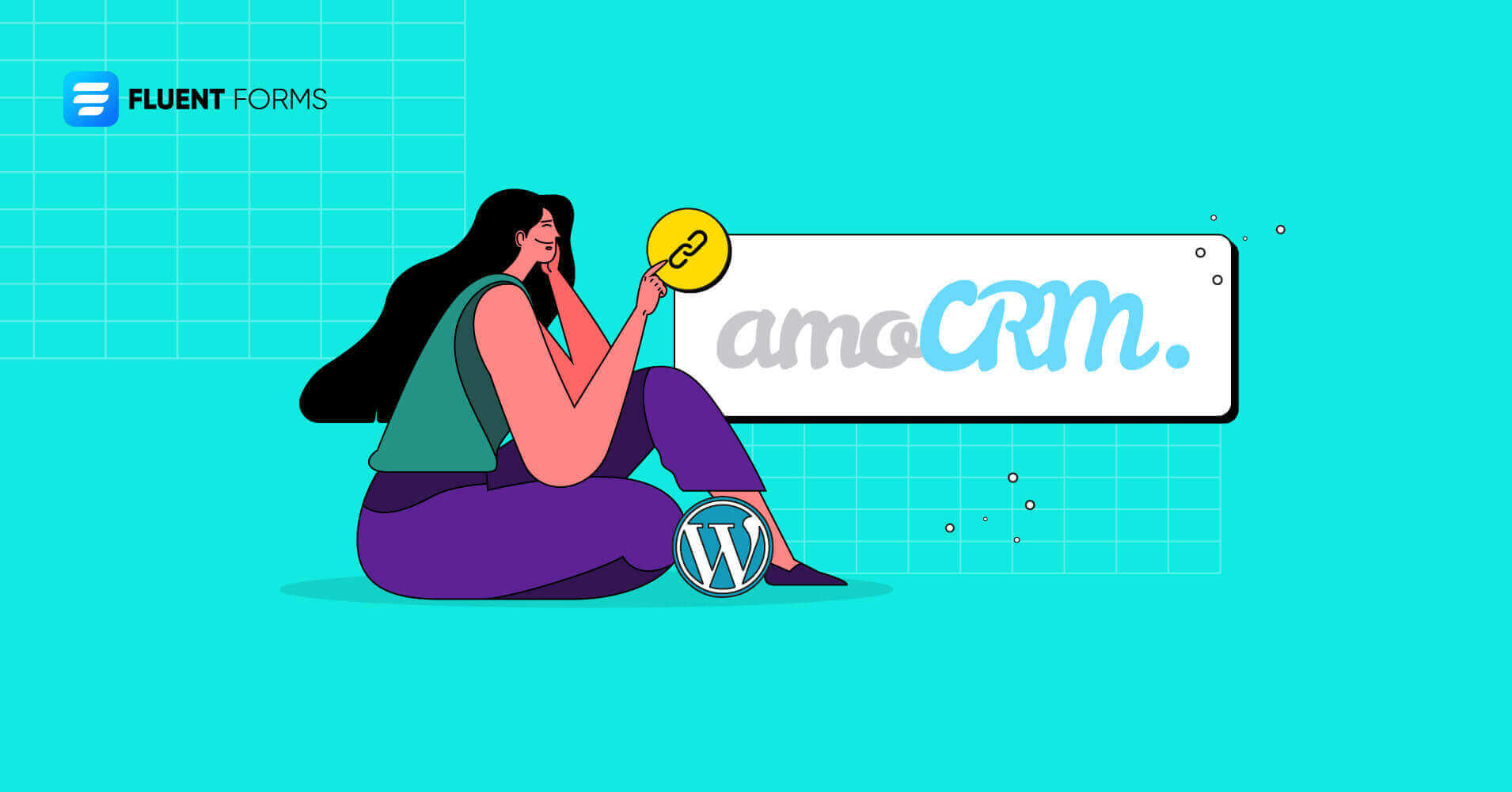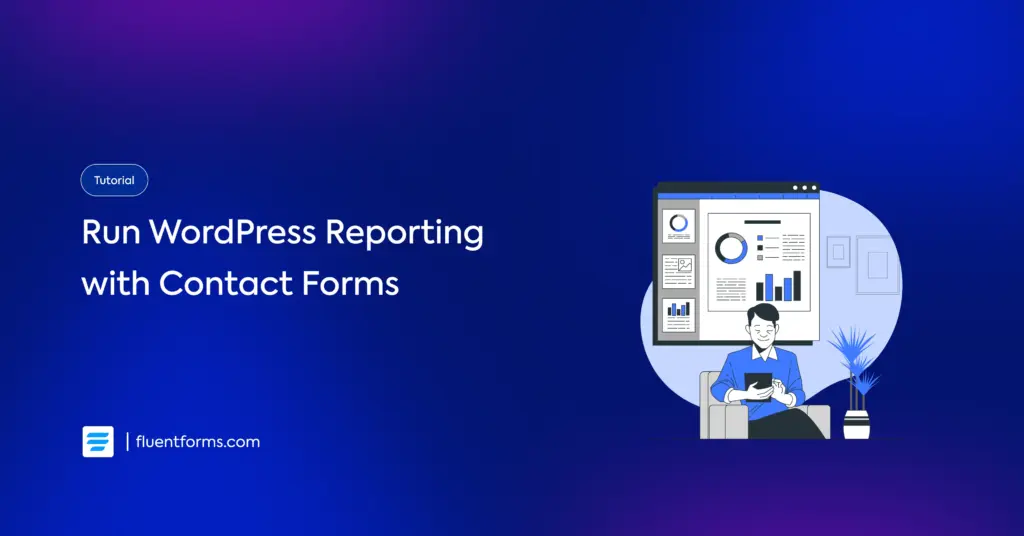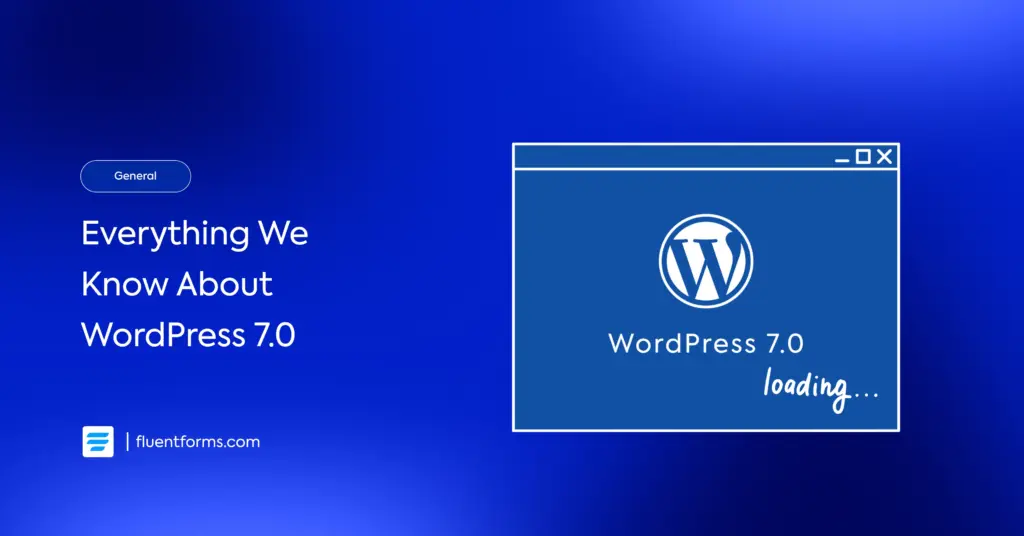How to Connect amoCRM in WordPress

If you maintain a WordPress website for your online store and want to maintain all the sales activities right from your dashboard, you’ll need a perfect tool for that. And if you’re already looking for the solution, then you’ve come to the right place!
In this article, we’ll show you how to connect amoCRM in WordPress with an amazing form builder. So, let’s get into the process.
amoCRM- a multifunctional sales management system
amoCRM is a web-hosted CRM that automates most of the work of the sales funnel. It helps users to nurture leads, assign tasks, manage digital pipelines, keep leads engaged, make sales analytics, track performance, and control communication & management. Some core features of the tool are:
- Custom Pipeline
- Dashboard & KPIs
- Chatbox
- Digital Pipeline
- VoIP management
- Email marketing
- Web forms
- Data management
Key benefits of using amoCRM, aka Kommo platform, are:
- Easy to use
- Mobile app
- Effective collaboration
- Successful communications
- Reliable customer support
- Third-party integrations
Now, without any further ado, let’s see how to connect amoCRM in WordPress using Fluent Forms. Why Fluent Forms? We’ll give the answer after the tutorial. So, keep scrolling!
Use amoCRM with Fluent Forms
We’ll make the tutorial with the following steps.
- Create a form
- Activate amoCRM integration
- Get the API key & secret key of amoCRM
- Save the settings
- Publish the form
Let’s discuss the steps in detail.
Step 1: Create a form
We want to collect some leads for the upcoming deals of the year. To do that, we’ll make a form with Fluent Forms and start our campaign with amoCRM.
Now, go to your WordPress dashboard, and install Fluent Forms pro. You can use the free version of the plugin, but all third-party integrations are locked in the pro packages. So, we’re downloading the pro bundle.
From the WordPress dashboard, move on to the Plugins section. There, click on the Add New button. After that, search for the Fluent Forms on the search button, and install and activate it.
Now, go to the Fluent Forms dashboard, and click on the Add a New Form button from the All Forms section.
Select a form template for your collecting your leads. We want to build one from scratch. So we’re going for the Blank Form option.
Name your form by tapping on the top left cornered button on the editor.
We’re naming our form as a BFCM campaign. Henceforth, either drag and drop the form field from the right-sided Input Fields section or click on the (+) icon to add the fields. We include a name and email field from the General Fields section. Because our form is just a sign-in form that will collect some leads for the campaign.
You can also edit the field from the Input Customization option of that field. We’re unticking the last name option of the name field.
If you want to add some colors to your form and give it a pretty layout, use the global styler feature of Fluent Forms. Go to the preview and design section of the form. From there, select a form style. We’re selecting the Bootstrap Style.
Then, go to the Misc section. Here you can customize the Container Styles, Asterisk Styles, Inline Error Message Style, After Submit Success Message Style, After Submit Error Message Style, etc. We’re just changing the background color from the container styles here.
Don’t forget to click on the Save Settings button from the top right corner when all the settings are done.
Now, if you want to make your form more user-centric, you can use the Conversational Forms feature of Fluent Forms. Go back to the form editor, and hover over the three-dotted icon from the right side corner. There you’ll get the Create to Conversational Forms button.
Click, and confirm it. Now, you’ll get the conversational forms editor. We’re skipping the editor and moving on to the Design part. Here, you can change the color of the questions, answers, buttons, button text, etc. Besides, you can add a background image, disable or enable mobile layouts, disable branding, disable the scroll to text, and more.
We’ve just added a background image, and here’s the final look of the form.
Step 2: Activate amoCRM integration
First, go to the Integrations section of Fluent Forms, search for the amoCRM app, and activate it.
Then, go to the Global Settings part of the plugin, and click on the amoCRM option from the left sidebar. Here, you must paste amoCRM’s integration ID and secret key.
Step 3: Get the API key & secret key of amoCRM
To do so, log in to the amoCRM’s dashboard.
If you don’t have one, just create one. It’s super easy to make an account with amoCRM. You can directly log in with your email.
And you’ll get the amoCRM’s dashboard.
From the dashboard, go to the Settings panel, and click on the Create Integration button in the top right corner.
After clicking on that button, a popup will appear. Fill up that form.
The first field is the redirected URL. You’ll get that from the global settings of amoCRM in the Fluent Forms dashboard.
Copy and paste that here, and fill up the other options. After completing the fields, you’ll get the Save button. Tap on it.
Now, you’ll be redirected to another page, where you’ll get an option for Keys and Scopes. Copy the keys from there, and keep them safe.
Step 4: Save the settings
Now, go back to the Fluent Forms dashboard, where we left off. Paste the Integration ID and Secret Key in the respective place. Finally, don’t forget to click on the Save Settings button.
The amoCRM integration is connected with Fluent Forms. Now, go back to the signup form we created earlier. Click on the Settings option of the form.
From there, click on the Marketing & CRM Integrations part, and hover on the Add New Integration button. Tap on the amoCRM integration there.
Here, set the feed as you want it to be, and click on the Create amoCRM Feed button.
Step 5: Publish the form
At last, publish the form. Publishing forms with Fluent Forms is easy. If you want to show your form on a page, go to the pages section from the WordPress dashboard, and click on the Add New button.
Then add Fluent Forms’ Gutenberg block by clicking on the plus (+) icon.
Now choose the form and publish it on your website.
Follow the same process for publishing the form on blog posts as well.
You can publish the form in another way. Copy the form’s shortcode and paste it anywhere on your website, either to a blog post or a page. Additionally, you’ll get both the shortcodes of the normal form and the conversational form. You can copy anyone for your convenience and paste them.
Easy! Isn’t it?
Fluent Forms- the fastest WordPress form builder
Fluent Forms is one of the lightweight form builders in the WordPress community. From making sign-up forms to payment forms is just a matter of a few minutes with Fluent Forms. It gives some amazing features and functionalities to make helpful contact forms for your website. Its noteworthy features are:
- Drag and drops
- Conditional logic
- Conversational forms
- 60+ input fields
- GDPR field
- 70+ pre-built templates
- Spam protection
- 40+ third-party integrations
- Signature add-on
Besides, you can use the plugin to collect payments on your eCommerce WooCommerce and store. Because it supports
- Stripe
- PayPal
- Mollie
- Paystack
- Razorpay
In addition, Fluent Forms’ global styler option helps you to make amazing forms for your website. On top of that, when it’s about pricing, Fluent Forms asks very small money to pay compared to other plugins in the market.
So, what are you waiting for? Grab Fluent Forms now. Check out our blog posts for more tutorials like this, and follow us on YouTube, Facebook, Twitter, and Instagram, for more information about Fluent Forms.







Leave a Reply